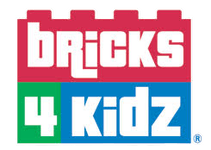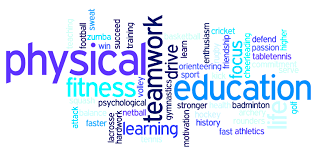Build minds and bodies in Physical Education class with these STEM activities
We are well aware that movement and exercise have positive effects on the brain. “Letting kids move in class isn’t a break from learning. It IS learning.”
Deepen the mind-body connection and team up with science and math teachers so you can incorporate some STEM-based lessons in your phys-ed classes (or a really fun after-school activity).
The case for bringing movement into learning
It may seem counterintuitive, but exercise and learning go hand in hand. Getting up and doing an activity increases blood flow to the brain, making it easier for students to focus and gain mental clarity. Studies show that kids who get regular exercise are more focused, process more quickly and have better memory retention, according to a piece in Education Week.
Movement also engages the senses, which is another opportunity to build neural pathways in the brain. That may be why some teachers are finding success when they incorporate gestures into lessons, for things like foreign language and mathematics. Try some of these ideas to incorporate STEM activities with phys ed.
Build a mini-golf course:
Give the kids all the tools they need to design and build their own mini-golf courses. Check your storage unit and ask around to gather up a collection of various objects kids can choose and use to let them design the ultimate putting challenge. Plus the putting has its own lessons about physics, use of force and angles.
Sports medicine:
Give the students a taste of sports medicine and teach them how to use data from their heart rate and performance to help them plan workouts and increase their performance. Focus on how to calculate, predict and discover trends, and ideally, they’ll see the how their efforts are paying off!
Mighty simple machines:
Build, pull, push and lift with the help of jump ropes, pulleys and scooters. Easy-to-make simple machines in the gymnasium give students hands-on experience with gravity-defying experiments in physics while also keeping them on the move.
Break down the bounce:
Put a new spin on the bin of basketballs by showing how math and physics apply to bouncing and throwing. Illustrate how the geometric concepts of angles and arcs can affect their shots on the basketball court. Basketballs are also a great way to show how things like temperature, surface, inflation and height all have an impact on how the ball bounces.


